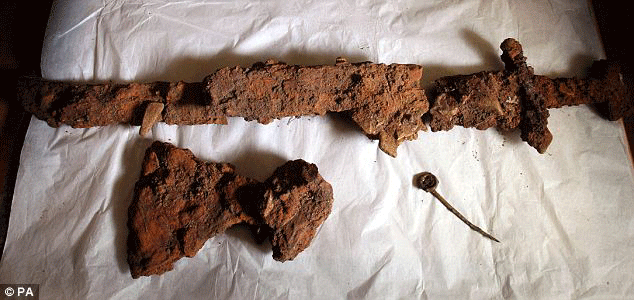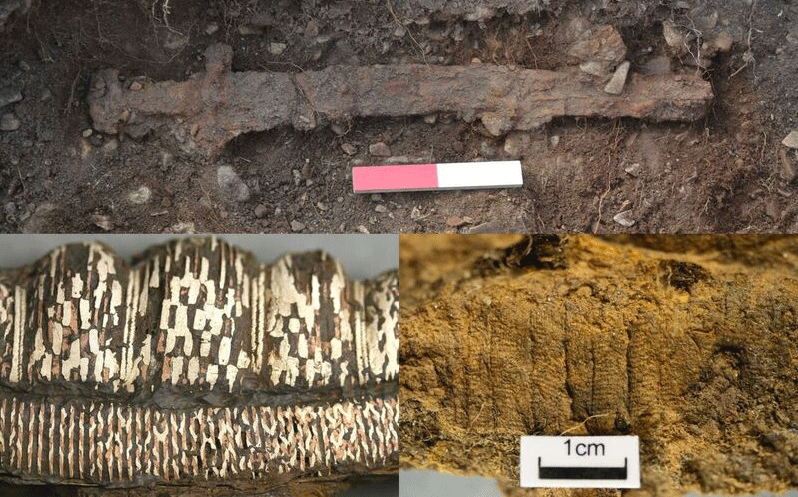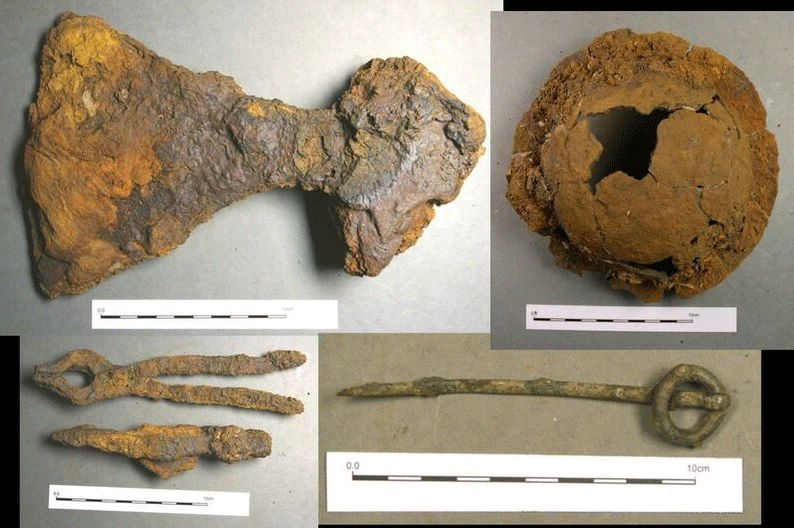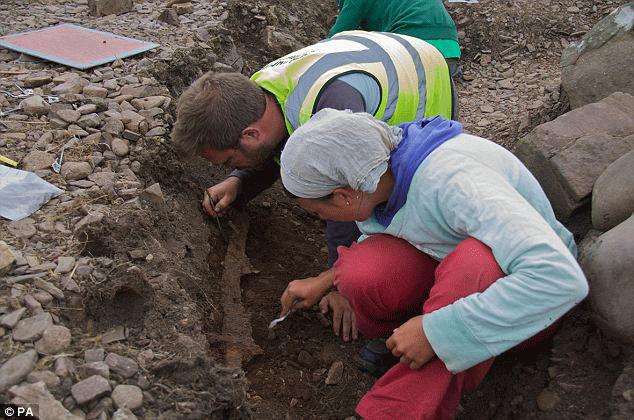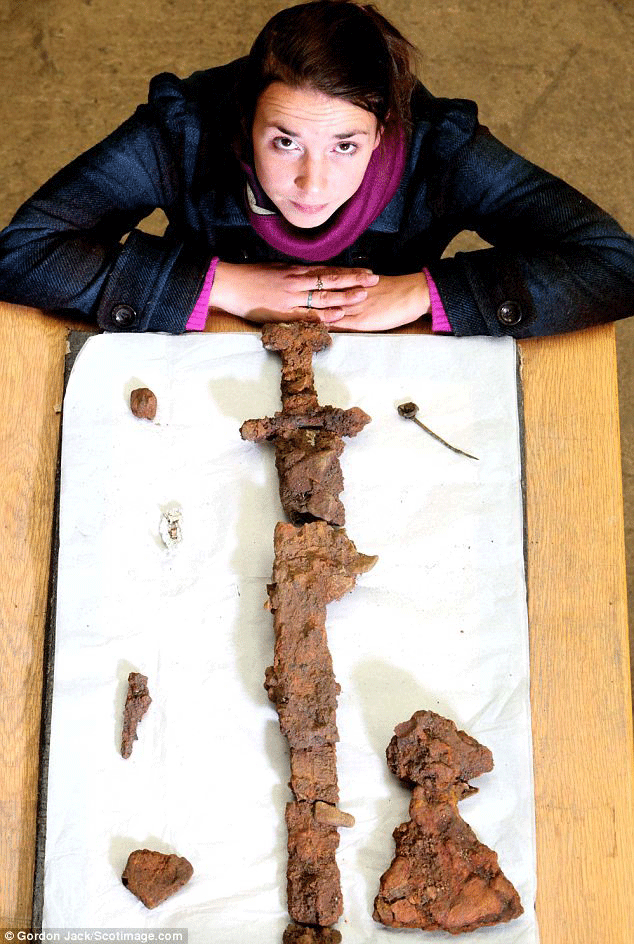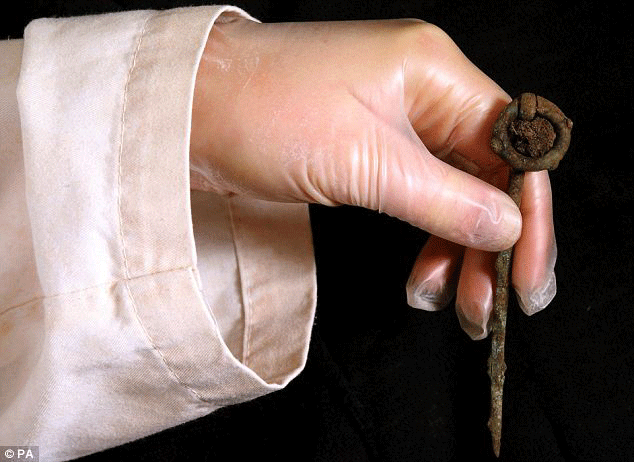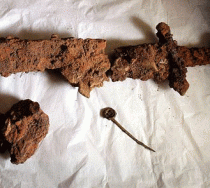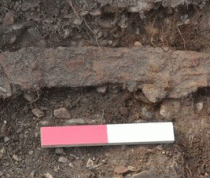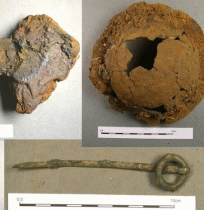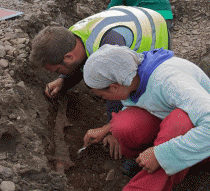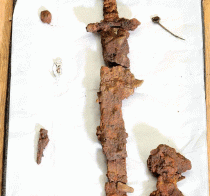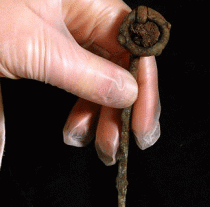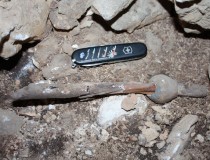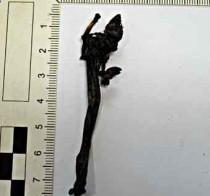Researchers have shed new light on a Viking boat burial site in western Scotland, originally discovered in 2011. The 10th century burial site is located at Swordle Bay and was discovered by University researchers.
The findings provide clues to the identity and origins of a ‘warrior of high status’ buried there and fresh insights into how people during the period lived and interacted.
The recent findings, published in the journal Antiquity, suggest that the individual interred at the site was of possible Scandinavian origin, while Irish and Scandinavian goods were found at the site, showing a broad geographical connection.
Objects found at the site – including a sword, spearhead and 213 of the boat’s rivets – indicate that the warrior was likely of a high status, with other objects at the site implying connections to daily life, cooking, work, farming and food production.
The archaeologists suggest that the burial site itself is rich in symbolic associations, being close to a Neolithic burial cairn, the stones of which may have been incorporated into the Viking grave.
Dr Oliver Harris from the School of Archaeology and Ancient History said: “The Ardnamurchan boat burial represents the first excavation of an intact Viking boat burial by archaeologists on the UK mainland and provides a significant addition to our knowledge of burial practices from this period.
“The findings suggest a connection between Scandinavia and Ireland in the objects found, as well as information about the history of diet of the person buried here and their connections away from Swordle Bay.”
Other findings at the site included: a single copper alloy ringed pin, thought to have been used to fasten a burial cloak or shroud; a broad bladed axe; a shield boss; and a whetstone made from rock found in Norway.
The archaeologists also found mineralised remains of textiles and wood.
The team added: “Critically, when considering a burial like this, it is essential to remember that each of these objects, and each of these actions, was never isolated, but rather they emerge out of, and help to form, an assemblage that knits together multiple places, people and moments in time.”
